PICT
Automating Incentive Calculations
Business Introduction
Pakistan International Container Terminal (PICT) operates a common-user terminal at Karachi Port under a build, operate, and transfer contract with Karachi Port Trust. A subsidiary of International Container Terminal Services, Inc. (ICTSI), PICT has been a key player in Pakistan’s port operations since 2002, ensuring efficient container handling and logistics solutions.
Introduction
Pakistan International Container Terminal (PICT), a subsidiary of International Container Terminal Services, Inc. (ICTSI), operates a common-user terminal at Karachi Port under a build, operate, and transfer agreement with Karachi Port Trust. Since 2002, PICT has played a pivotal role in Pakistan’s port operations, delivering efficient container handling and logistics solutions. The company’s commitment to excellence has earned it multiple accolades, including being named one of the top 25 companies on the Pakistan Stock Exchange from 2013 to 2018, winning the Corporate Excellence Award from the Management Association of Pakistan for five consecutive years, and securing second place in the Services Sector at the 2021 EFP Occupational Health and Safety (OSH) Awards for its outstanding workplace health and safety practices.
Challenges
Before the middleware implementation, PICT faced several challenges:
- Manual Processes: Incentive calculations were performed manually, leading to frequent errors and inefficiencies.
- Data Integration: Integrating data from various platforms was difficult, creating bottlenecks in reporting and operations.
- User Accessibility: Employees struggled to access accurate and timely information due to fragmented systems.
Solution
The middleware was designed with a “One Platform, One Solution” concept, seamlessly integrating with PICT’s existing tools and platforms. Key features included:
- User-Friendly Interface: The UI/UX was customized using PICT’s branding colors, ensuring ease of use.
- Dynamic Settings: Users could modify settings, such as equipment descriptions and incentive matrices, for greater customization.
- Multi-Format Reporting: Data could be exported in XLS, CSV, and PDF formats, with direct printing options available.
- Robust Security Features: Internal controls and audit trail functionality ensured data integrity and compliance.
Implementation Process
The implementation involved several critical steps:
- Development: Leveraged technologies such as ASP.NET, HTML5, and Oracle 11g R2 for optimal performance.
- Integration: Directly integrated with Oracle databases and ensured compatibility with third-party platforms like Navis and SAP.
- Testing: Comprehensive User Acceptance Testing (UAT) sessions conducted by the 3techno team ensured all functional requirements were met.
Results
The middleware implementation delivered significant benefits:
- Increased Efficiency: Reduced the time spent on manual calculations.
- Enhanced Accuracy: Minimized errors in incentive calculations with automated processes.
- Improved Accessibility: A centralized dashboard provided real-time access to critical data for planning and operations teams.
Conclusion
The successful deployment of the middleware automation tool at PICT highlights how technology can streamline operations and enhance productivity. This case study demonstrates our commitment to innovation and our ability to adapt to a rapidly changing business environment.
